Day 1 – Phnom Penh
The capital of Cambodia, Phnom Penh has a Wild West ambiance, with dusty streets and a “devil may care” atmosphere. It has a few good attractions and an up-and-coming foodie scene.
The main attraction is the Royal Palace. Start there, and don’t miss the beautiful flower gardens and the Silver Pagoda, whose floor is made up of more than 5,000 silver tiles; inside is an emerald-covered Buddha and a diamond-covered Maitreya Buddha. It also has murals around its outer wall that tell the story of the Ramayana.
On the palace grounds are five stupas, with the two largest to the east containing the ashes of King Norodom and King Udung (the two most famous kings of modern Cambodia) and a statue of King Norodom on horseback. Admission is $10 USD for foreigners.
After seeing the palace, learn about the country’s tragic, not-too-distant history. The Tuol Sleng Genocide Museum is a former school where the Khmer Rouge interrogated and tortured people in the 1970s. You’ll see rusty beds and torture devices, in sharp contrast to the beautiful trees and lovely jasmine smell in the gardens. Admission is $5 USD for adults and $3 USD for anyone under 18.
Afterward, head to the Killing Fields, about 14km from Tuol Sleng. Although a visit to Choeung Ek (the best-known site) may not be the most cheerful way to spend an afternoon, it makes for a hallowed and memorable experience, a testament to the dangers of uncontested power. You won’t believe the memorial building in the center that is filled with skulls. Admission is only $3 USD; expect to pay at least $15 USD for a return-trip tuk-tuk ride.
Tip: Visit the museum before heading to the Killing Fields, as it will open your eyes to the atrocities that happened here.
Where to Stay in Phnom Penh: Sla Boutique Hostel – This is a pretty nice hostel not far from restaurants, bars, and attractions. It’s clean, and the beds are comfy and have privacy curtains. The staff (especially Mr. Star) are super friendly, and they can really help you plan your trip.
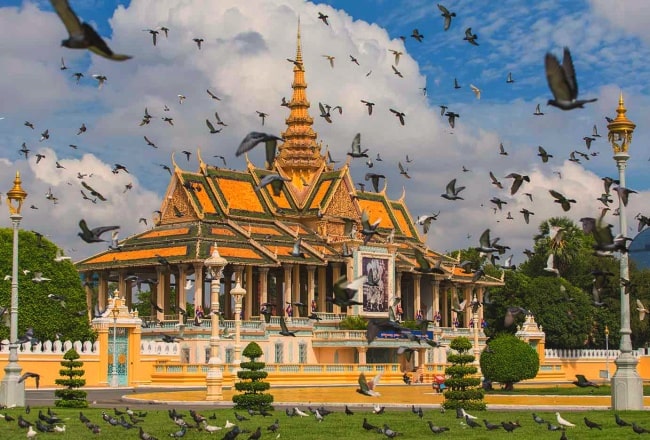
Day 2 – Phnom Penh
Spend your second day wandering around the city, and start by seeing the Independence Monument, designed by architect Vann Molyvann and inaugurated in 1958. It was created to mark Cambodia’s independence from French rule, though it also serves as a de facto war memorial. It’s one of the biggest landmarks in the city and a good place to start your day.
If you’re in the city on a weekend, try to catch an architectural walking tour with KA Tours, which has excellent guides who are students or experts in architecture, plus they’re not very expensive at around $15.
Check out the Cambodian Living Arts Center, a traditional dance school and performance center where you can watch students in training and see traditional live theatre. This is a fun way to spend a couple of hours while learning about the artistic traditions of the country. You can also take part in a workshop, which last around 90 minutes and cost $15 USD per person.
Make sure you stroll along Sisowath Quay on the Mekong River. The 3km walkway is busy and full of restaurants, bars, cafés, and shops.
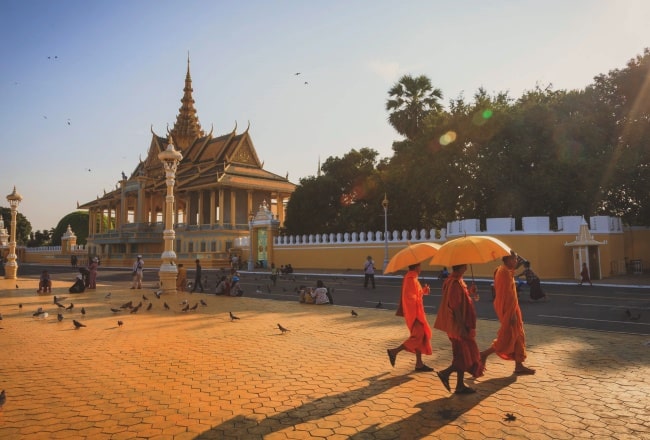
Day 3 – Sihanoukville
Get an early start and take a five-hour bus ride to Sihanoukville, named after the ruling prince of Cambodia in 1964. It was a lazy beach town until about 2010, when it took off with travelers (and tons of Chinese and Russian tourists on package tours) because of its white-sand beaches, nearby deserted islands, excellent diving, and delicious seafood. Its varied nightlife filled with cheap booze makes it the premier backpacker party city in Cambodia.
If you’re looking to soak up some sun, Independence Beach and Otres Beach are probably your best bets. Serendipity Beach used to be a great party spot, but there’s a lot of Chinese development going on now, so I wouldn’t stay there.
Where to Stay in Sihanoukville: Monkey Republic – This hostel is awesome. It’s a happening place, with a bar, restaurant, and pool. The staff is really friendly, and they host a lot of events. (Say hi to Aaron for me!) They can also organize a lot of day trips for you too.
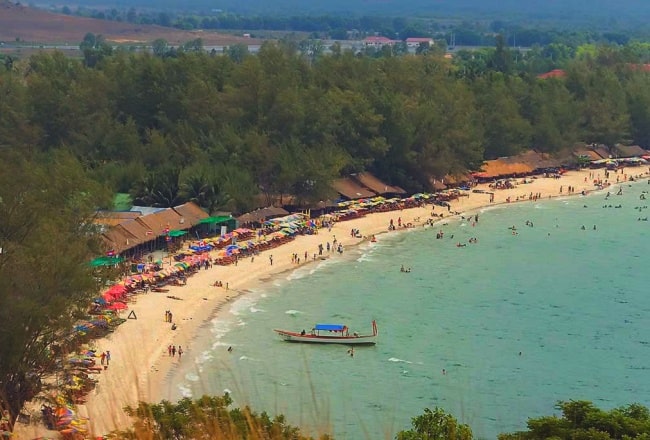
Day 4 – Sihanoukville
Today is a day for day trips.
From Sihanoukville, hop on a boat and take a 45-minute ride to Koh Rong. While you can stay overnight, if you’re pressed for time, you can do it in a day trip. The beaches here are way better than on the mainland (and a lot less polluted). Snorkeling day trips cost approximately $21 USD and include lunch and equipment; there are PADI-certified schools in the area that offer a variety of different dive trips for one or more days.
If you don’t feel like heading to Koh Rong, you could book motorbike trip into Bokor National Park (as well as longer, multiday trips if you’re interested). There, you can hike through a great rainforest or see the atmospheric ruins of the French aristocracy for whom Bokor was a big draw back in the day. You’ll have some amazing views and find ruins, waterfalls, and temples all around.
You could also do a day trip to Kampot and the pepper fields in that area too.
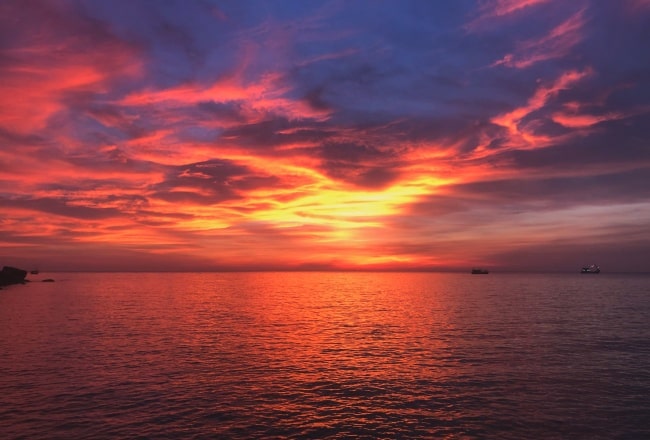
Day 5 – Siem Reap
It’s gonna be a busy travel day. From Sihanoukville, you’ll need to return to Phnom Penh and then get on another bus to Siem Reap. I recommend Capitol Tours. It’s a 12-hour ride, so it’ll be evening by the time you get to Siem Reap.
Note: It’s better to take the night bus so as not to waste a day. You won’t sleep well, but you also won’t lose a day!
Siem Reap is located on the northeastern side of Tonle Sap Lake and is the main access to Angkor Wat. The center remains a rural old town, with French-style houses and shops. The area around the Old Market is crowded with locals and foreigners all day long.
Where to Stay in Siem Reap: Topsky Hostel – This hostel offers basic accommodations in a pretty quiet area that’s not far from the action. Try to get a lower bunk with a privacy curtain. The friendly staff will help you arrange a tuk-tuk and activities too.
Day 6 – Siem Reap
Spend your day at Angkor Wat, the ancient city that was the center of the Khmer Empire that once ruled most of Southeast Asia. The temple was built in the 12th century and covers over 500 acres.
The most popular temples are Angkor Wat, Bayon, Ta Phrom, and Angkor Thom. I would recommend getting a multiday pass so you can visit some of the outer temples where there are fewer visitors. You can hire a tuk-tuk for the day for around $20-25 USD or rent bicycles and explore on your own.
Angkor Wat is open daily from 5am to 6pm. Admission is $37 USD per person for a day pass, $62 USD for a three-day pass, and $72 USD for a seven-day pass.
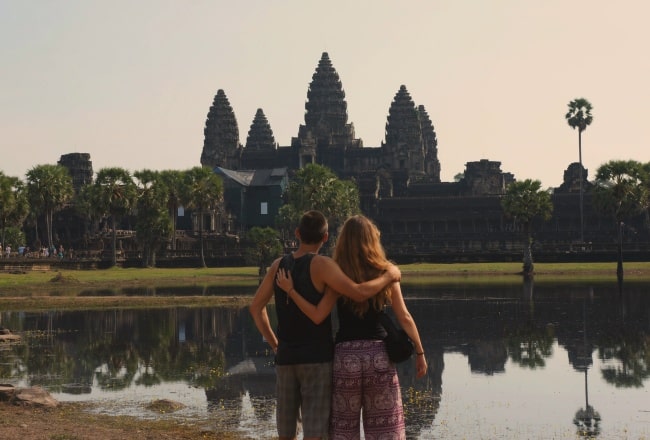
Day 7 – Siem Reap
Enjoy your last day in Cambodia by exploring more of the Siem Reap area. Head over to the Angkor Wat complex for several more hours in the morning and then head over to astonishing Banteay Srei.
Known as “the city of women,” this temple was dedicated to the Hindu god Shiva and features a number of outstanding red sandstone statues. (You need an Angkor Wat Pass to visit.)
If you have time, visit Tonle Sap, Southeast Asia’s largest freshwater lake. It is 52km (32 miles) from Siem Reap. Sailing down the river and around the lake gives you a look at how closely Cambodian life is tied to this major waterway. Tours start around $2.50 USD per person.
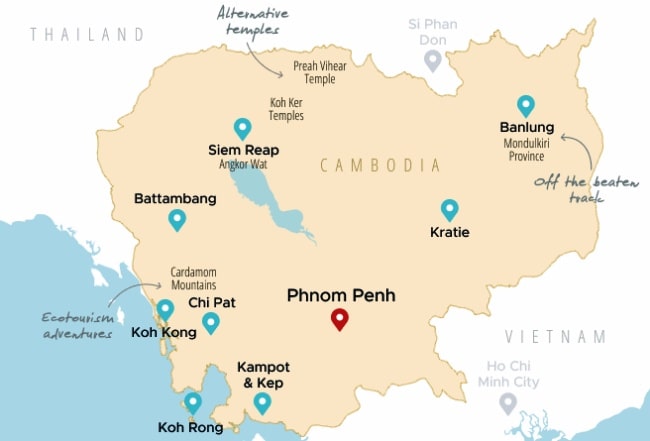


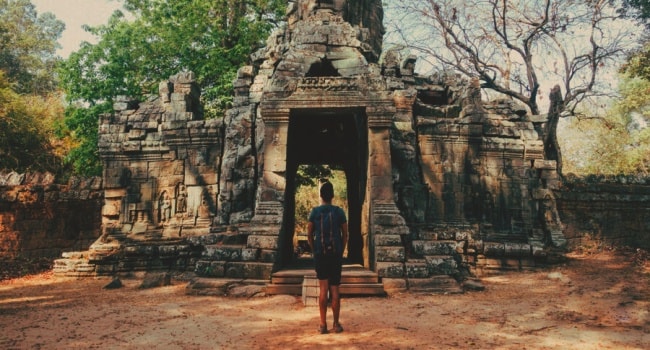

 05/01/2026
05/01/2026




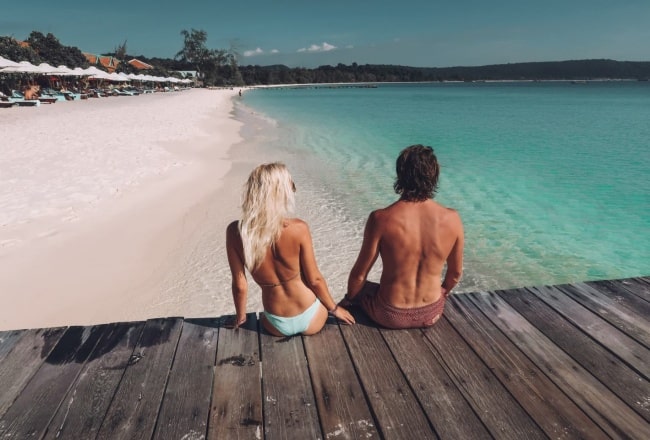
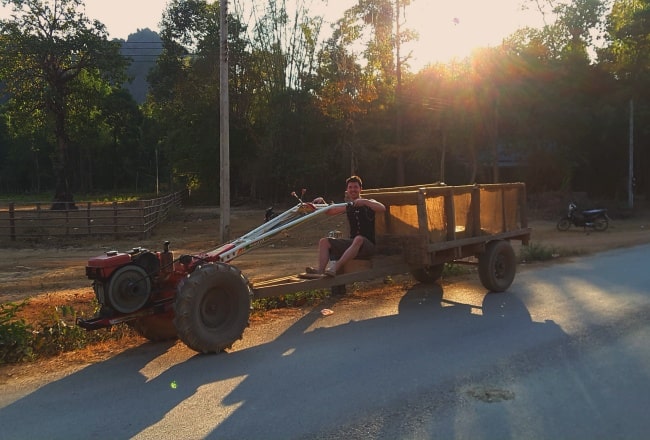
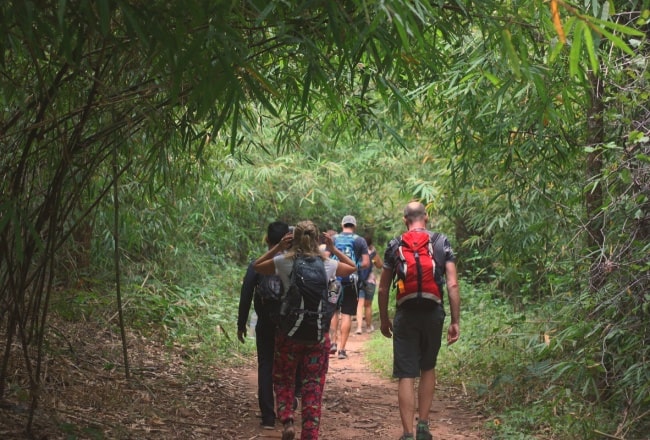
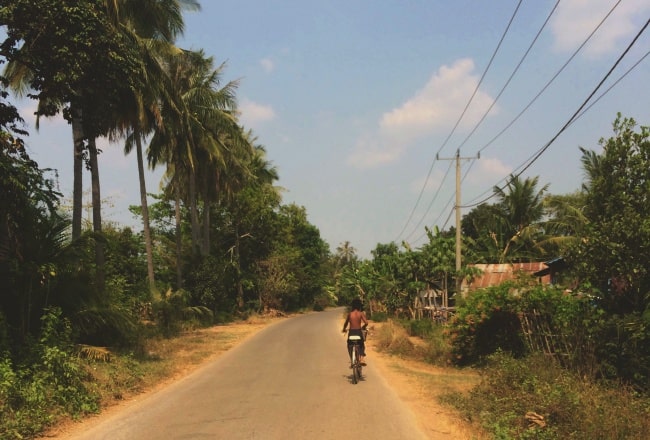
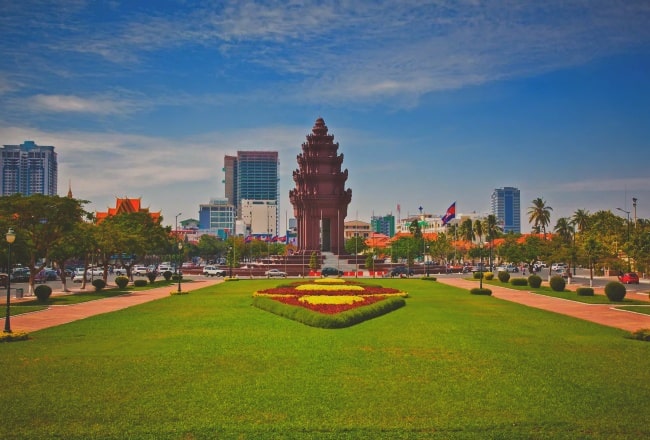
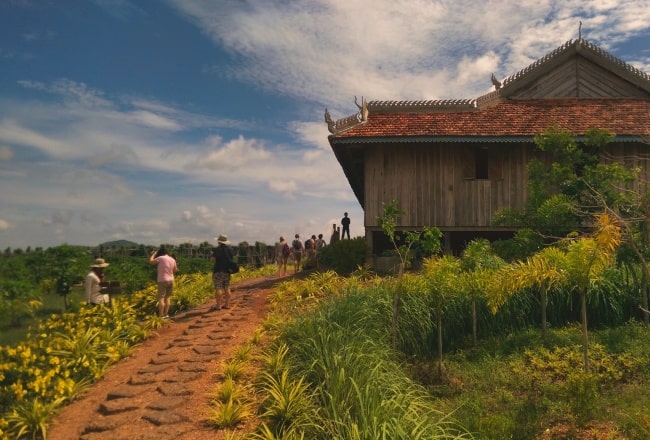
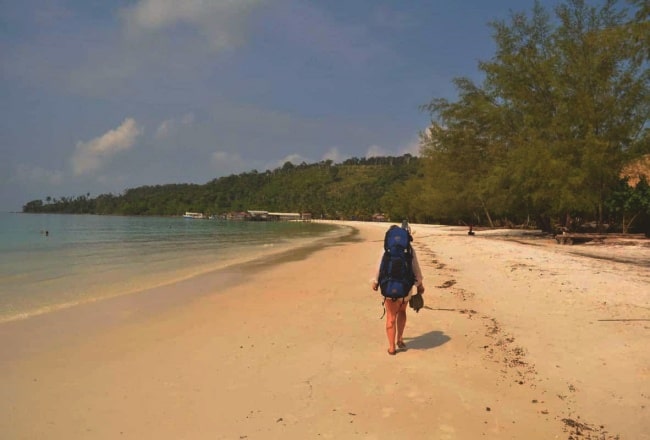
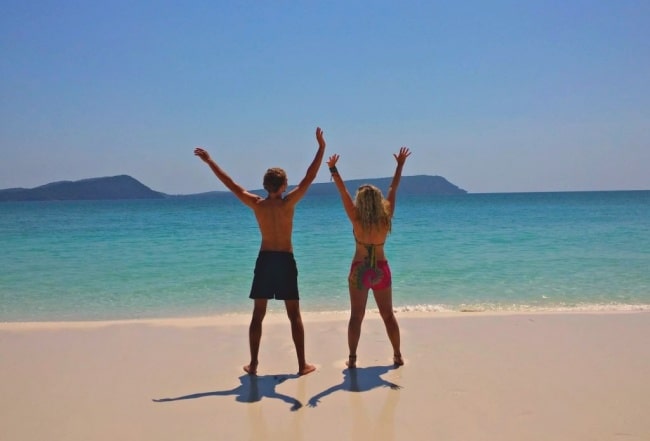
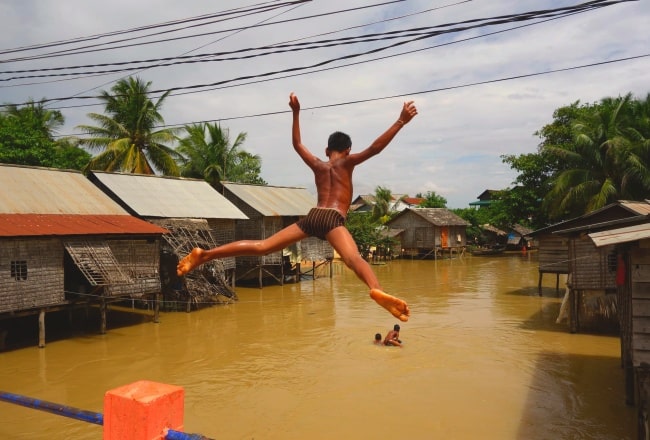
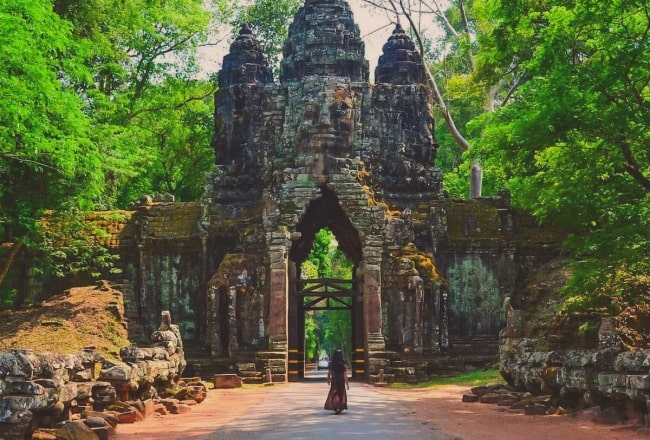
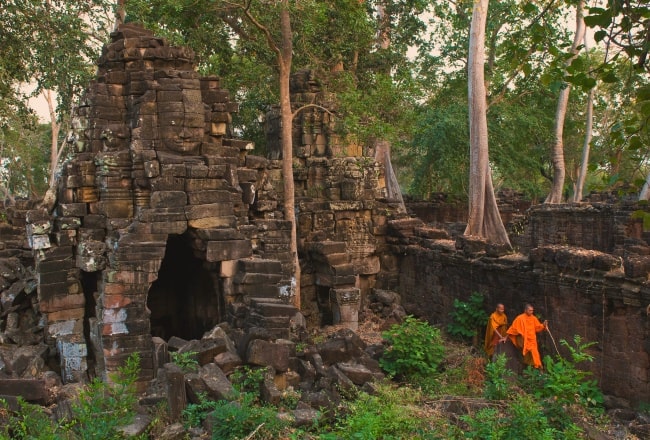
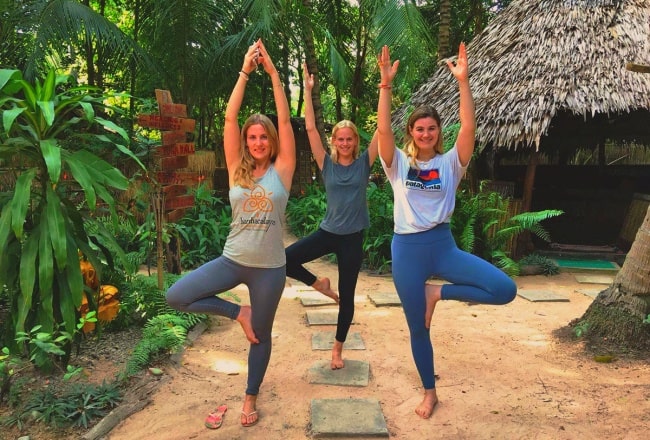
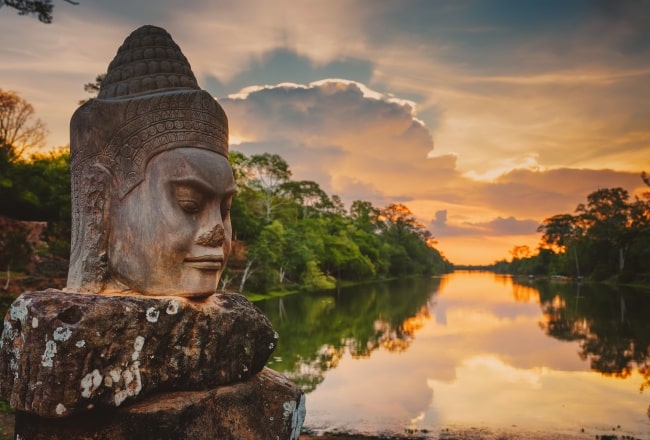
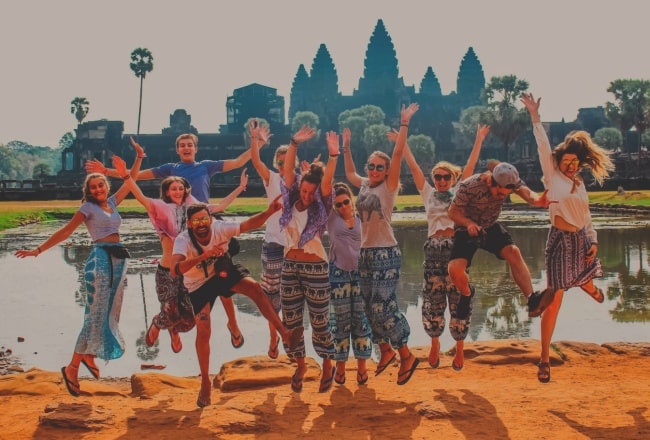
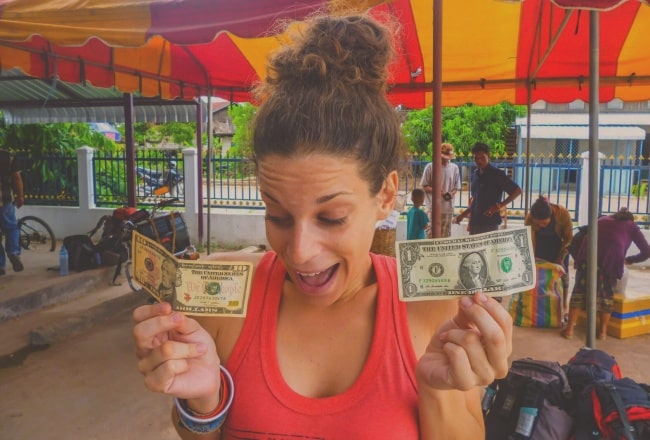
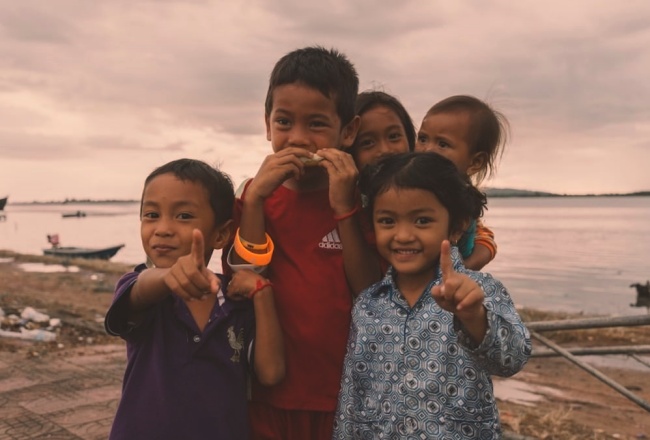
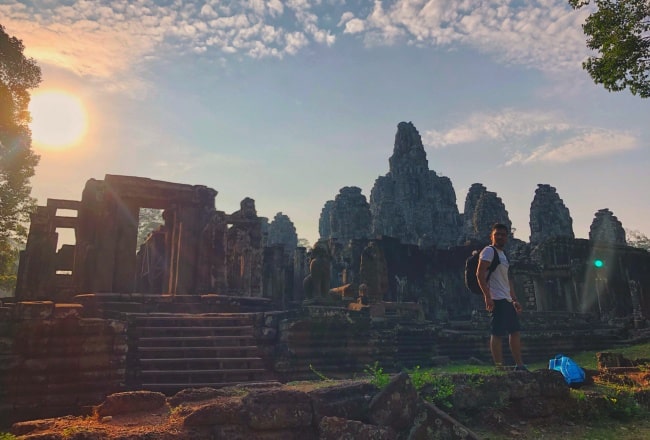
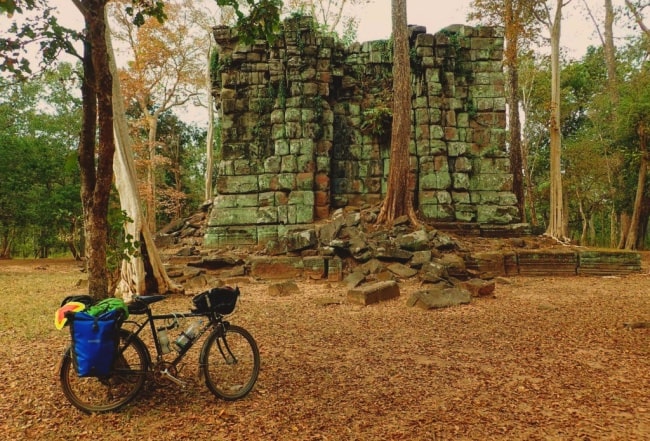
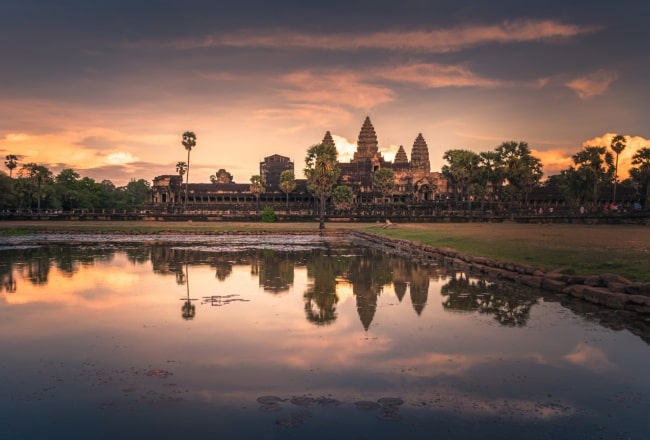
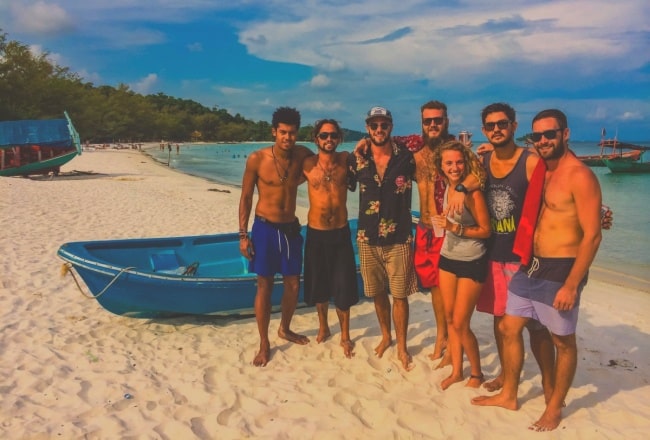
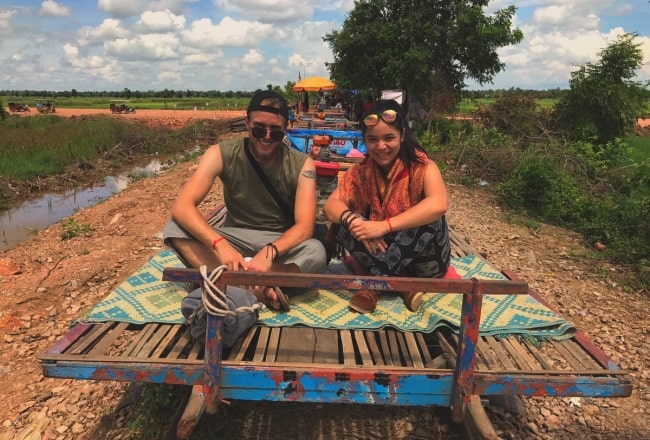
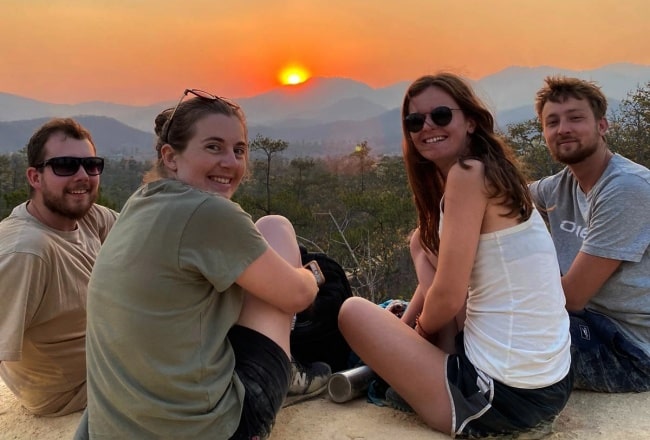
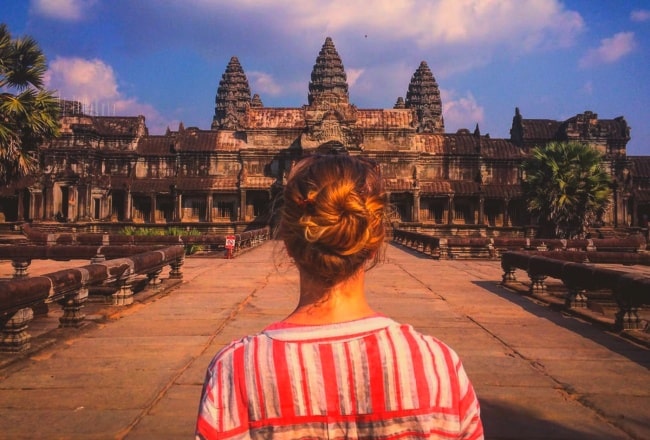
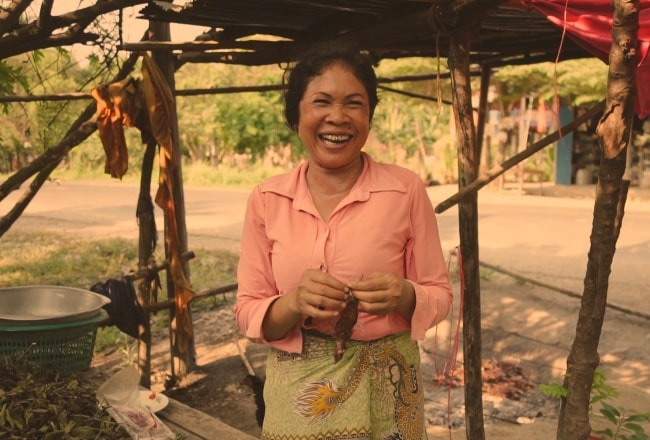
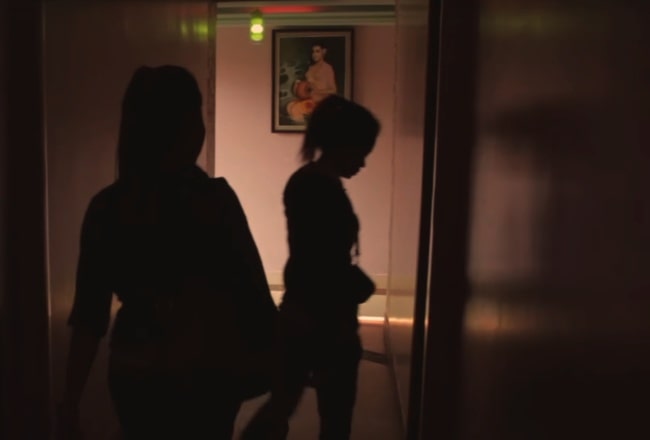
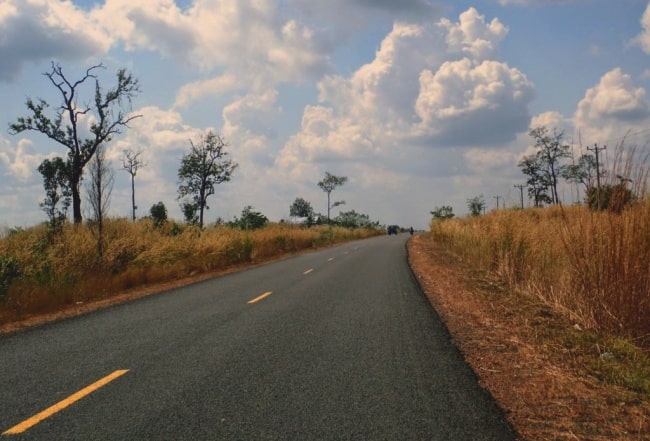
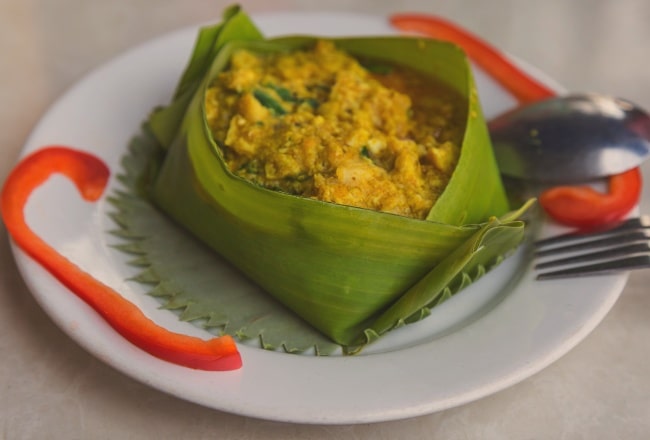
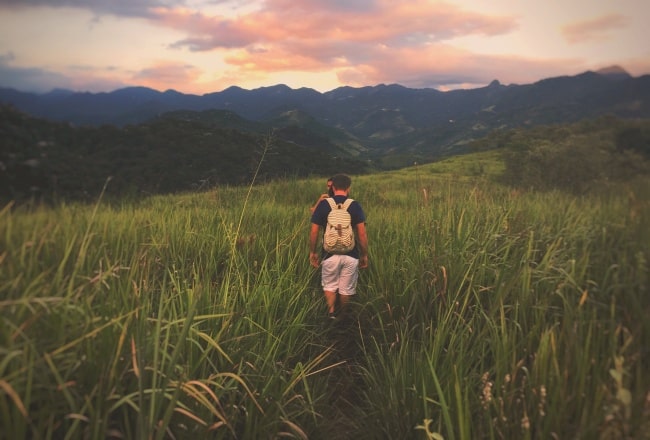
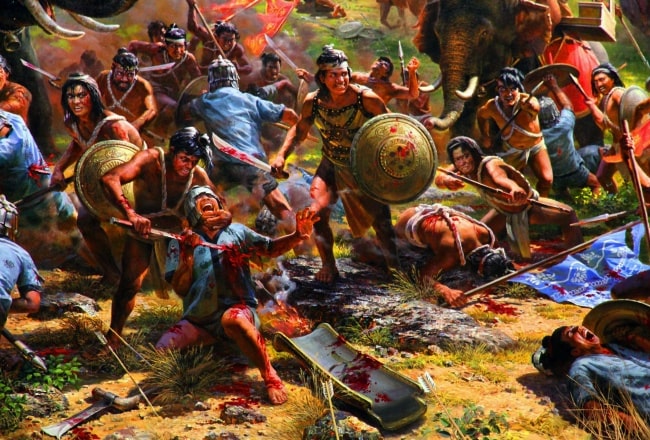
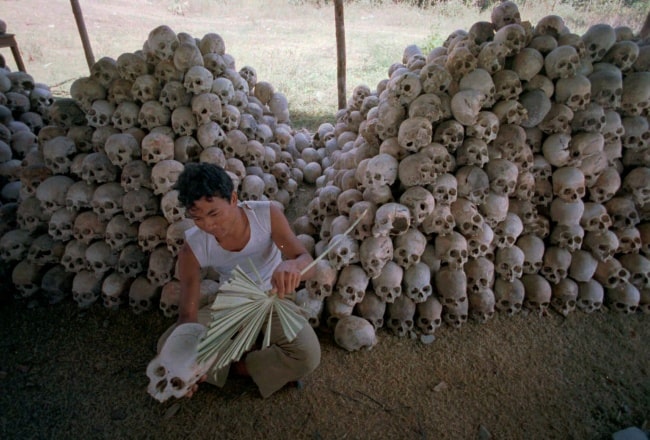
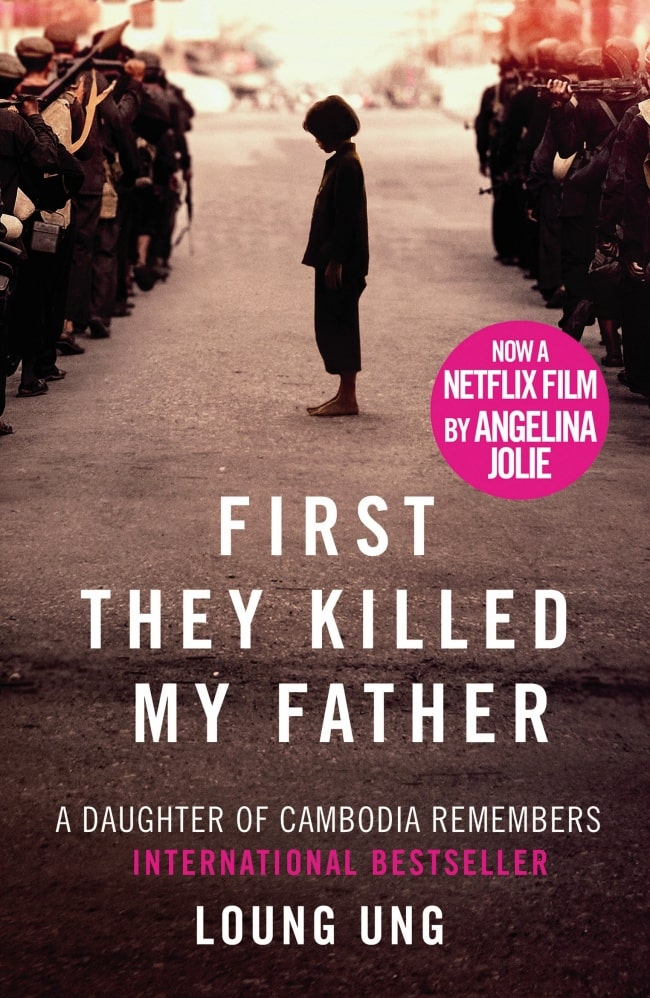
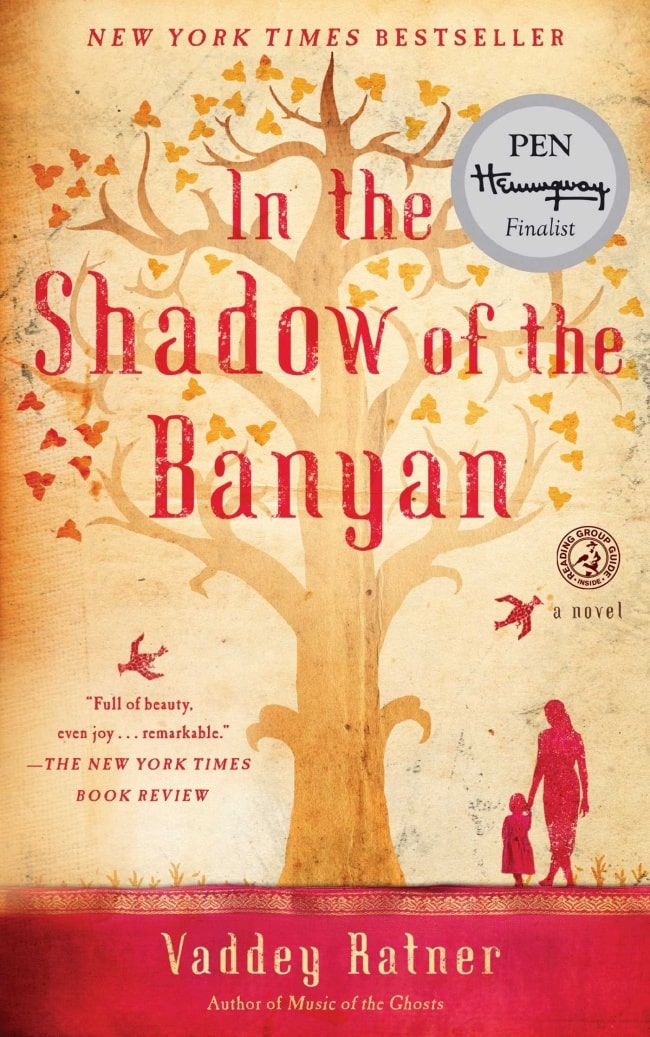
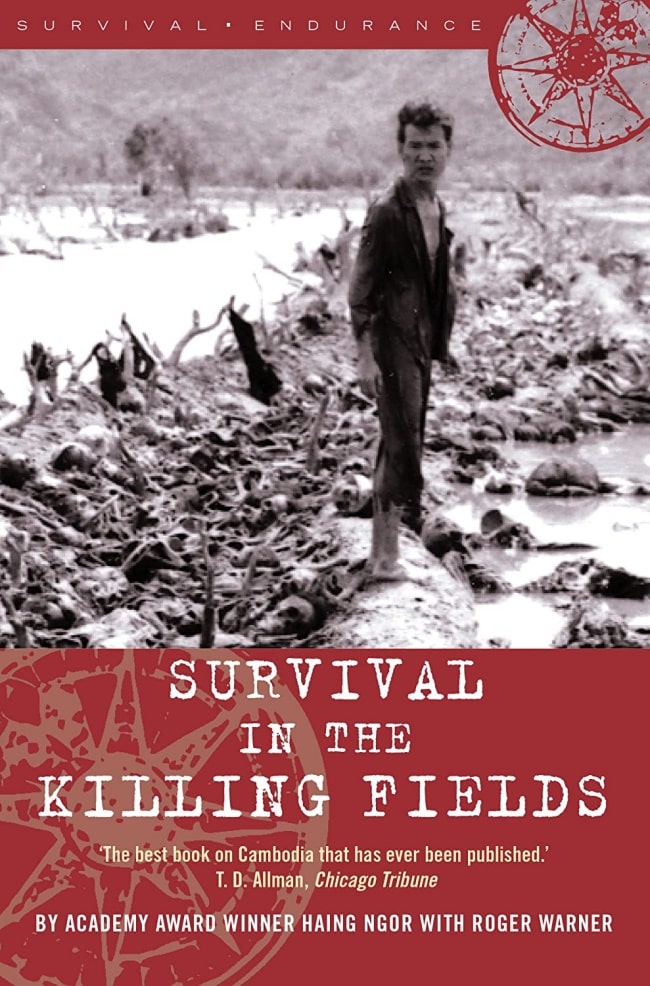
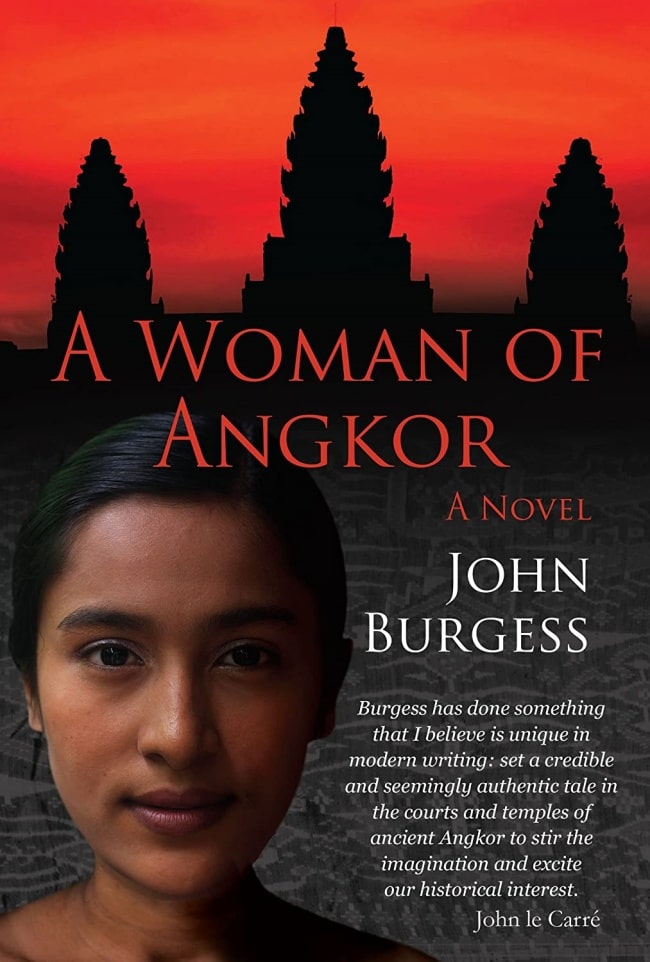
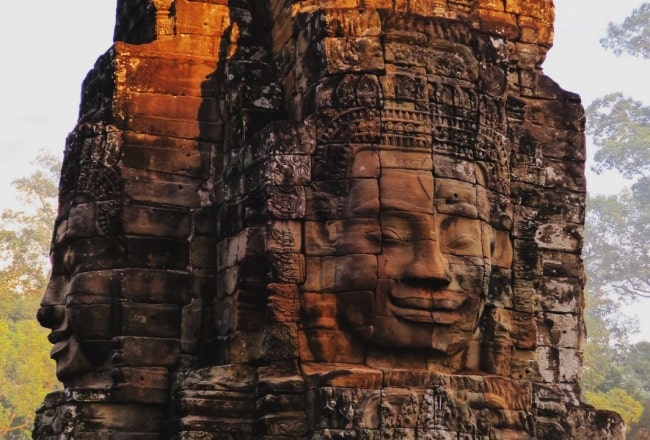
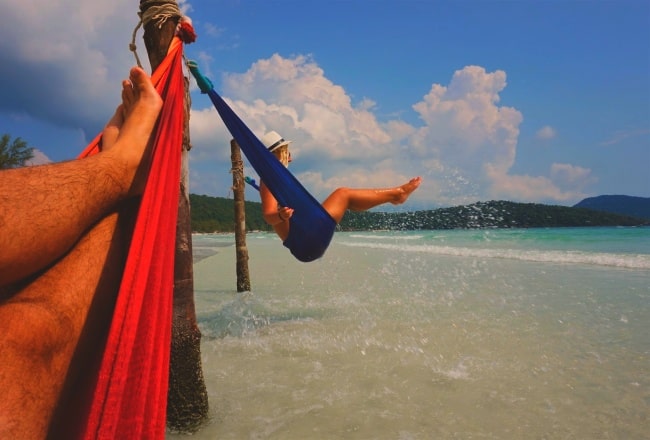


















Jolie LIEMMy name is Jolie, I am a Vietnamese girl growing up in the countryside of Hai Duong, northern Vietnam. Since a little girl, I was always dreaming of exploring the far-away lands, the unseen beauty spots of the world. My dream has been growing bigger and bigger day after day, and I do not miss a chance to make it real. After graduating from the univesity of language in Hanoi, I started the exploration with a travel agency and learning more about travel, especially responsible travel. I love experiencing the different cultures of the different lands and sharing my dream with the whole world. Hope that you love it too!